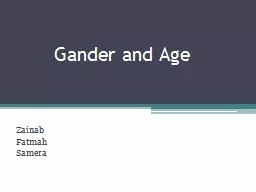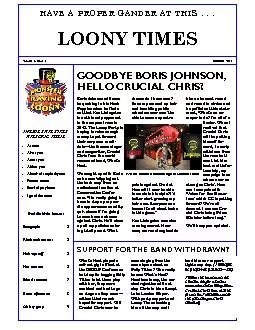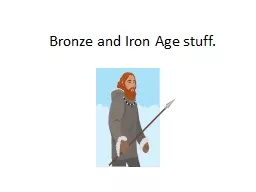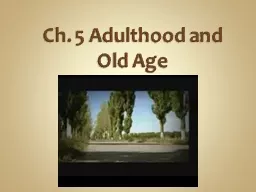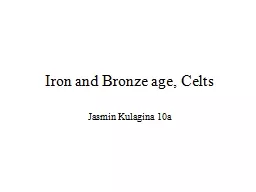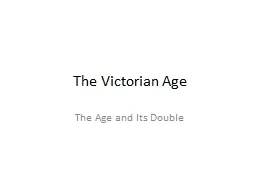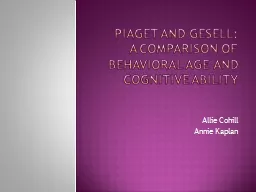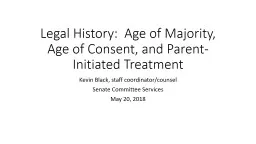PPT-Gander and Age
Author : calandra-battersby | Published Date : 2016-10-25
Zainab Fatmah Samera Contents Age graded features of speech Age and social dialect data Age grading and language change AGEGRADED FEATURES OF SPEECH Their voice
Presentation Embed Code
Download Presentation
Download Presentation The PPT/PDF document "Gander and Age" is the property of its rightful owner. Permission is granted to download and print the materials on this website for personal, non-commercial use only, and to display it on your personal computer provided you do not modify the materials and that you retain all copyright notices contained in the materials. By downloading content from our website, you accept the terms of this agreement.
Gander and Age: Transcript
Download Rules Of Document
"Gander and Age"The content belongs to its owner. You may download and print it for personal use, without modification, and keep all copyright notices. By downloading, you agree to these terms.
Related Documents

